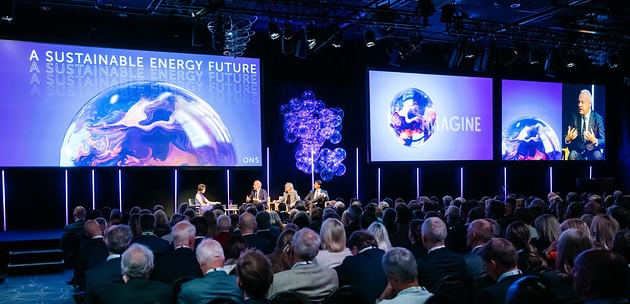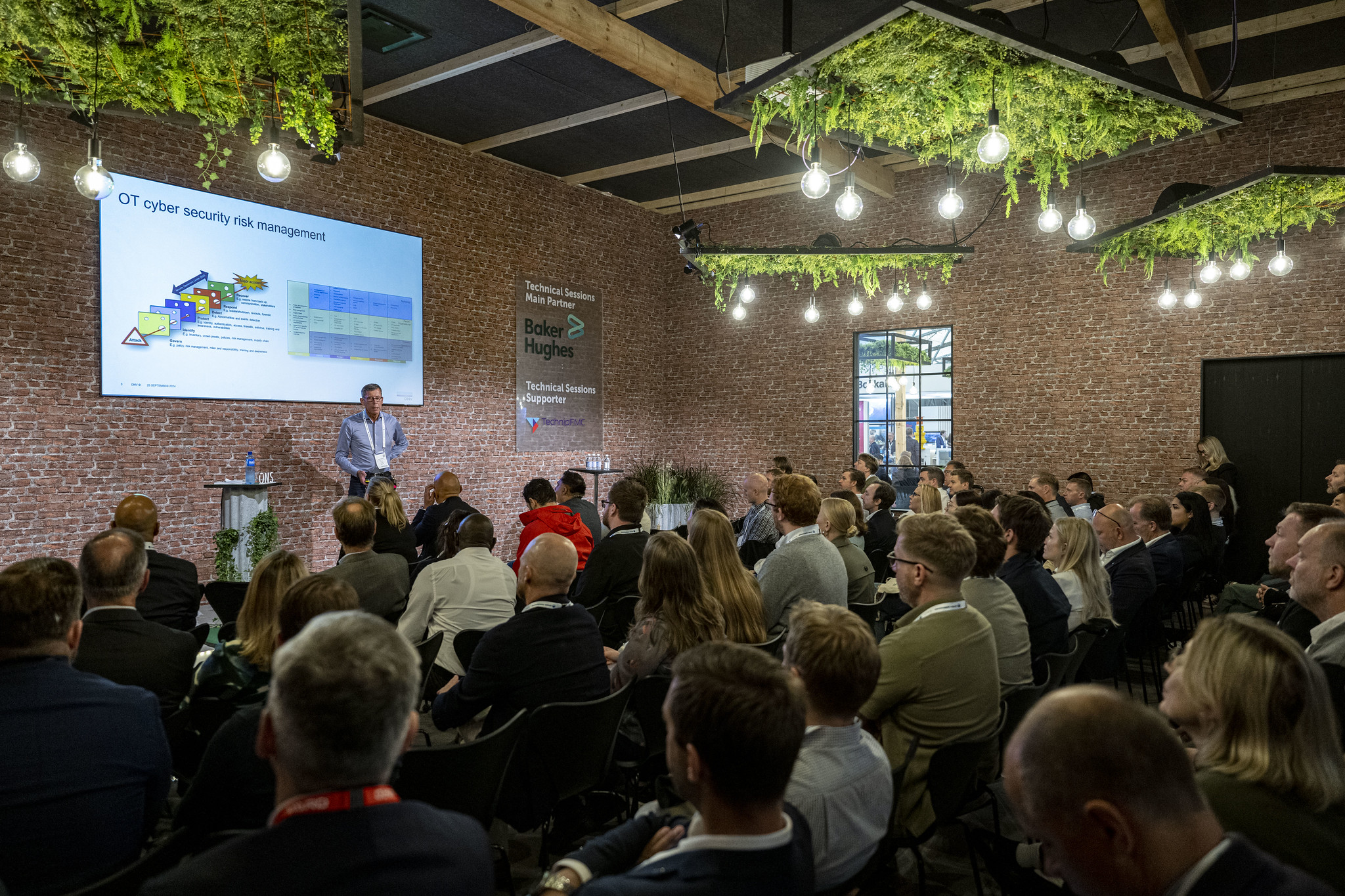The Energy Agenda
Hydrogen and renewable power: A Match Made in Heaven?
In the pursuit of a sustainable energy future, a remarkable partnership has emerged – hydrogen and offshore wind. Get the short version from the ONS Energy Talks podcast here.

«Offshore wind, in our view, is a key pillar in further increasing the amount of green electricity in Europe. And that then needs to be converted into hydrogen in order to create a sustainable and better-to-transport kind of carrier as well as a storage means. That’s why we believe both fit together», explains Holger Matthiesen from Mainstream Renewable Power and Aker Horizons.
In a recent ONS Energy Talks podcast he met with Martin Kjäll-Ohlsson from Vergia to discuss the exciting potential of hydrogen and renewable power working together. The question remains: is it truly a match made in heaven?
Matthiesen and Kjäll-Ohlsson both emphasize the significance of offshore wind in generating green electricity and converting it into hydrogen, creating a sustainable energy carrier and storage solution.
“Hydrogen can be many, many things. It’s a carrier of the energy from A to B, it’s also a fuel. And then speaking of a battery, it can be that as well. I mean, looking if you have it in a pipe, for example, between an offshore wind farm and where it needs to go, you can play a little bit on the pressure on each end there. So in essence, having the hydrogen pipe as a storage on its own, at least it’s a good buffer. So making it a little bit easier to match the production of electricity and the energy consumption, which doesn’t match always automatically,” says Kjäll-Ohlsson.
One of many solutions
Hydrogen has been highlighted as one of the major energy storage solutions, but it is definitely not the only one. Various forms of energy storage will cater to different time periods.
«You will need batteries to take care of really fast fluctuations. And then you would need some storage media or ways of storing energy that caters to the more longer time periods. I mean, in Norway, for example, you have great batteries already, in the shape of reserves or dams connected to the hydro power plants. So that that’s an excellent battery already. And then hydrogen can also play its role, right?», Kjäll-Ohlsson explains.
Hydrogen at home?
For intermittent energy sources a buffer and battery will be crucial to scale up and hydrogen can be one of those. Mathiesen explains how the Germans in many cases have heating based on natural gas right at home with a small device that usually hanging in the cellar.
“Either there will be a new carrier arriving at home, which should be hydrogen in the end, or you must fully convert then the respective device into, for example, electrical heating. And here my personal belief is hydrogen is the best option to convert the entire industry. So it would not only be the industry that would be converted, but it would even go up to the end consumer at home who’s then heating through hydrogen,” Matthiesen says.
“But is it secure?”
«I’m not saying that there might not be skepticism around it, but if the alternative is converting everything into electrical kind of heating or district heating where you would then have to distribute new piping systems, etcetera, then I guess a lot of people would be more open, particularly if also then the electricity, the energy would be coming at an affordable price, which is the working assumption for all our activities,” he adds.
They both are confident that hydrogen and renewable power together can pave the way to a cleaner, greener energy future, provided there is a focus on reducing production costs and promoting green energy solutions. With offshore wind playing a crucial role in generating green electricity, hydrogen emerges as an essential energy carrier and storage medium in the journey towards a sustainable world.

Ticket sales for ONS 2026 are now open
post

Speaker opportunity at Technical Sessions
post


